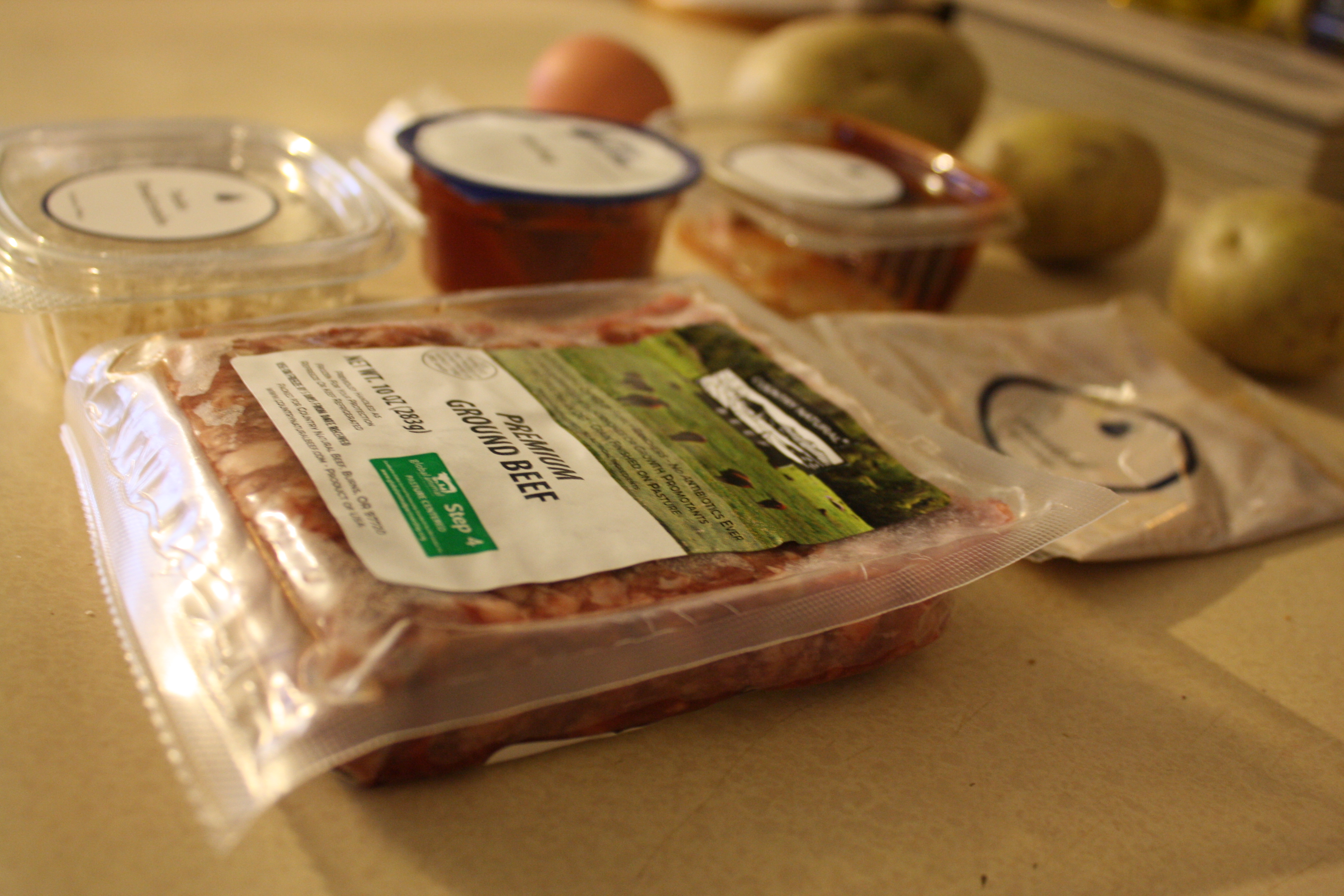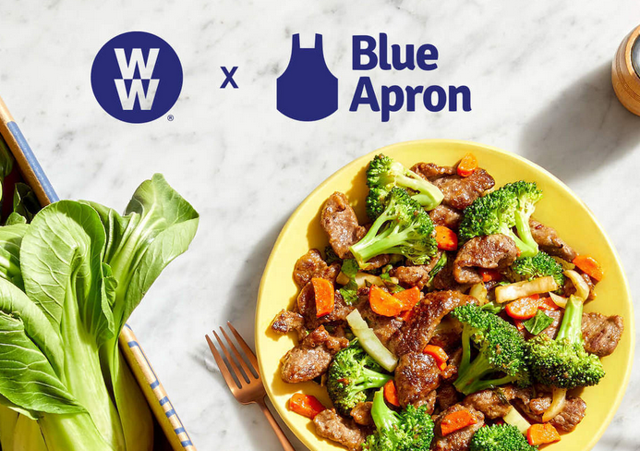
WW which has been in existence since the 1960s has always prided itself on teaching people how to eat healthily and properly on their own. There might be some potential here for success, but there are a few considerations to keep in mind. Can on-demand sales stabilize Blue Apron? – RetailWire.One way Blue Apron is looking to turn itself around in 2019 – The Washington Post.Blue Apron Links With Dieters in Comeback Effort – The Wall Street Journal.Introducing WW x Blue Apron: Inspiring Healthier Home Cooking – Blue Apron.Much of Blue Apron’s losses have stemmed from heavy marketing costs, including free trials to reach new customers.Ī second initiative is to partner with retailers with on-demand offerings, including selling through Jet.com and Costco.įor WW, the partnership follows a rebranding in September that broadened its approach to helping people “reach all their wellness goals, not just weight loss.” In November, Blue Apron set a turnaround plan that included focusing even more on the top 30 percent of its customers who generate more than 80 percent of the company’s net revenue. On the demand side, Blue Apron has found that many customers want more flexibility than the locked-in subscription model. The category has suffered from saturation with numerous other startups such as HelloFresh as well as retailers such as Kroger, Albertsons and Walmart coming out with offerings.

In the third quarter, Blue Apron’s subscriber base fell 25 percent year-over-year to 646,000.


The cost is the same as Blue Apron’s existing two-person plan that includes three recipes delivered weekly for $59.94, equaling $9.99 per serving.īlue Apron, which went public in 2017, saw its stock price recover slightly on news of the WW deal, but is still trading barely over $1.00 as the meal-kit category hasn’t grown as much as expected. WW earns a fee for every subscription it secures. “This is a great way for us to get our brand in front of multiple customers at a time.” “Historically, we’ve been going out and acquiring one customer at a time,” Blue Apron CEO Brad Dickerson told The Washington Post.


 0 kommentar(er)
0 kommentar(er)
